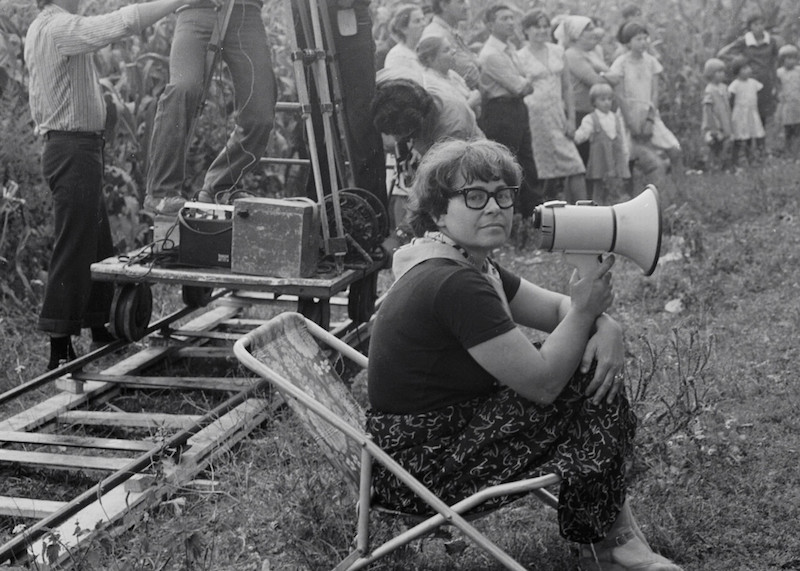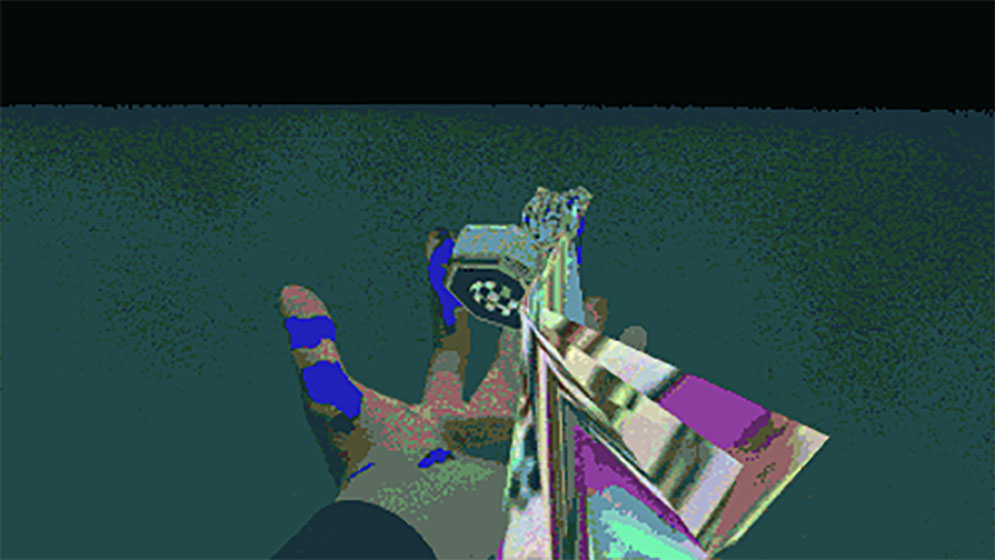‘Take away our chance to work and it’s the equivalent of dying’: remembering Giorgi Shengelaia, Georgia’s genius cinema autuer
Giorgi Shengelaia saw his contemporaries die young under the brutal pressures of the Soviet film system. But even as communism fell, the artist was left feeling out of step with the modern art world he'd helped create.
“Just send me a small message, to tell me that you’ve done it!” Georgian film director Giorgi Shengelaia urges me.
We are sitting facing each other at his writing desk in his house on the outskirts of Tbilisi. It is the winter of 2017, and Shengelaia is telling me to throw my computer away, and to go back to writing with a pen and paper instead.
The day before, I’d been sitting with filmmaker Russudan Glurjidze, Shengelaia’s former student, and expressing my love for the director’s 1969 masterpiece Pirosmani. With the easy hospitality that Georgians are famed for, she’d suggested that we should jump in the car and pay Shengelaia a visit. The director’s mobility was in decline, and he left the house less and less.
“When the weather changes, it reflects on me — when it’s sunny I am better,” he had told me with regret. But when asked about his life, Shengelaia was animated and generous with his memories. In the years since, I’ve thought about his words often. They came back to me more than ever last week, when I was told that Shengelaia had died at the age of 82.
Giorgi Shengelaia directed 14 films, and occasionally acted (appearing, for instance, in Rezo Chkheidze’s 1956 classic Our Yard with his then-wife, actress Sofiko Chiaureli.) His best-known movie, and his crowning tour de force, is undoubtedly Pirosmani (1969), a poetic and idiosyncratic rendering of the life of Georgia’s great turn-of-the-century primitivist painter, Niko Pirosmani. Born into a peasant family and later orphaned, Pirosmani taught himself how to paint and worked odd jobs while devoting himself to his art. He became famous only after his death, instead dying poor from alcoholism and malnutrition. Shengelaia presents Pirosmani as the quintessential tortured artist of yore, with a monk-like calling to create; a misfit doomed to suffer at the hands of a banal and pragmatic society that cannot understand him. Pirosmani’s painting Giraffe (1905) is seen hanging on the wall of a restaurant throughout the film. An otherworldly creature out of synch with Tbilisi’s climate, its parallel with the outsider artist is clear — perhaps with Shengelaia, too, in his last days, secluded from the onslaught of hyper-modernity at home.
“I have other films which I love a lot, but [the one which is] most important to me is Pirosmani,” said Shengelaia. “When you touch Pirosmani, you touch me. He expressed the old Georgia, not the Georgia of today. I have a very nice garden, and it makes me calm, but sometimes I cry in this garden too, because I see that people are different, and they have lost something very important.”
The film is not just about the artist’s paintings, but seems to embody them — which makes sense, when I learn that Shengelaia spent his infancy drinking them in. In Georgia, art is a family affair, and Shengelaia is no exception. His parents were Soviet film director Nikoloz Shengelaia and actress Nato Vachnadze (photographs of them hung above his desk) and they’d take him along to the homes of their creative and cultured friends. All of them had one or two paintings by Pirosmani,” he recalled. “As a child, I’d be alone sitting, looking at these paintings. I entered into them very easily, and stayed there — I couldn’t get out.” Later, studying at Moscow’s famed film school VGIK under Soviet montage pioneer Dovzhenko, Shengelaia determined to “find a way to give form to [these] childhood memories”, and from this bloomed Pirosmani.
“In our first year, [Shengelaia] turned off the sound and told us that if he didn’t understand our films without dialogue, they weren’t cinema”
Filmmaker Russudan Glurjidze remained close to Shengelaia until the end, exchanging ideas in regular phone calls. She recalls her time as his student at the Shota Rustaveli Theatre and Film University in Tbilisi, one of the oldest universities in the Caucasus, with great fondness. “In his mind, dreams always prevailed over routine,” Glurjidze said.
Though conservative regarding tradition and family, he was a “rebel and innovator” who encouraged his students to experiment boldly. “The first thing he taught us was to think without self-censorship, limits, and dogmas. In our first year, he turned off the sound and told us that if he didn’t understand our films without dialogue, they weren’t cinema.” Shengelaia’s tutelage would ultimately inspire Glurjidze to produce her melancholy debut feature House of Others (2016), a poetic and highly imagistic evocation of war-haunted space. With that film, Glurjidze joined the forefront of a flourishing new wave of Georgian auteurs.
A still from Giorgi Shengelaia's Pirosmani, (1969)
“[The government] didn’t need to put [difficult directors] in jail, they just needed to take away the possibility of work. For an artist, it’s the equivalent of dying”
As well as images of his parents, photographs of Soviet cinema greats Andrei Tarkovsky and Sergei Parajanov, who Shengelaia was close with in his early days, also appeared on the walls of his home. The sadness that many of his contemporaries had died young seemed to wear on him. Working under the Soviet regime was tough on all of them, he recalled. “It’s interesting that all these famous Soviet directors had heart problems and so on,” he said. “[The government] didn’t need to put them in jail, they just needed to take away the possibility of work. For an artist, it’s the equivalent of dying. When you are a writer or painter you don’t need anything, you can just take paper and finish your work, but a director needs industry and equipment. Under Stalin they often couldn’t manage,” he said.
But he lamented more our accelerated world of surface-level entertainment and simulations, with the masses stuck to their iPhone screens. “I can’t understand how Socrates or Plato would react to computers,” he mused. The modern world simply missed “the ambience from which great pieces of art will appear”, he claimed. “Everything that is art now is cheap, commercial stuff; it’s a business. And it’s totally the same in cinema. Try and give me a couple of [modern day] directors like Pasolini, Bergman, Fellini, Iosseliani, or Tarkovsky. I understand why sometimes there are no geniuses, but when they disappear like this all at once, I understand that civilisation has gone in the wrong direction.” If nothing else, It was impossible not to be swayed by Shengelaia’s romantic, old-school appeal to authenticity.
I haven’t yet followed through on Shengelaia’s urging. But perhaps one day, I’ll get up the courage, and be able to leave a note on his grave: “In eternal gratitude for Pirosmani, I’ve hurled my laptop out the window. Carmen.”




